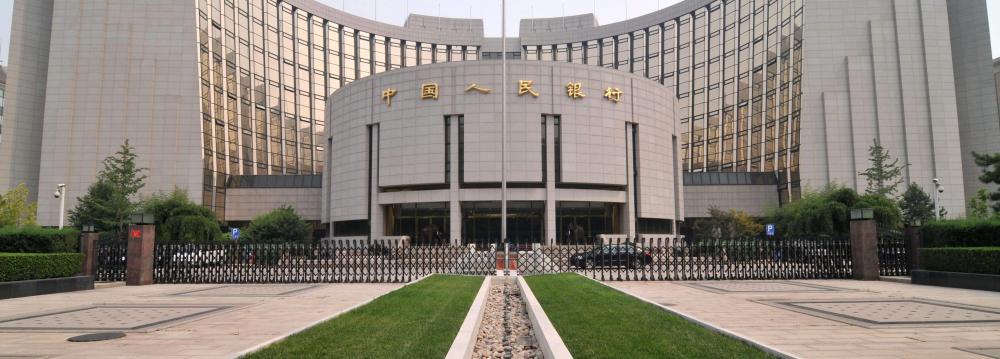While the market’s attention has been fixated on China’s bad loans and economic growth prospects, the nation’s central bank has quietly altered the monetary policy tools that control the cost of money.
Without much fanfare and with little fuss, the People’s Bank of China has adopted monetary operations that were commonplace in western money markets before the 2008-09 global financial crisis, EJInsight reported.
Ironically, just as the PBoC is exiting financial repression, central banks in the West have moved closer and closer to regulated or repressed monetary policies.
Up until 2010, it would have been fair to have described China as having a world class industrial economy but a medieval financial system. Prior to 2005, the currency was pegged to the dollar, meaning that both interest rates and the exchange rate were fixed.
Over the past few years, authorities have relaxed the capital account, introduced modern central bank monetary tools and allowed the renminbi to trade relative to a basket of currencies.
In the past, the PBoC’s primary monetary tools were benchmark interest rates on bank lending and deposit rates.
In many ways, China’s benchmark lending and deposit rates became outdated as China’s financial system matured and as the shadow or informal economy grew.
As the PBoC increasingly adopts a more interest rate based monetary system, share prices should increasingly become more sensitive to changes in central bank operations.
Hence, the equity and fixed-income markets ought to become much better reflections of overall monetary conditions.
Financing Tool
Usually, the market is used as a short-term financing tool to fulfill short-term borrowing and lending needs with maturity terms from several days to one year.
The money market is a typical institutional investor-dominant market encouraged by the participation of the central bank and commercial banks.
China’s money market operations can be spilt into two. First, the short and long-term operations designed to set interest rates. Second, specific lending operations among well-defined players.
Compared with capital markets, money markets in China have been much less developed and started much later. Money market operations in the country did not start until 1990s.
But today it includes the interbank market, bond repo market, bill market, and negotiable certificates of deposit. In terms of trading volumes, repos accounted for the bulk of turnover, with pledged-style repo buying accounting for 82% and outright repo buying accounting for 6% in March, while interbank borrowing only represented 12%.
OMO’s Role
The PBoC’s open market operations also include RMB operations and foreign exchange operations. OMO has become the most frequently used tool in managing monetary policy in China recently and it has played a significant role in adjusting the liquidity within the banking system, guiding the trend in interest rates and altering the pace of money supply.
Since the end of 2015, the PBoC has been moving away from its traditional monetary tools such as the reserve ratio requirement in favor of an interest rate corridor with the Standing Lending Facility as the ceiling and the rate paid on excess reserves as the floor.
OMO are now used to keep the repo rate within the corridor. In this respect, the central bank appears to have adopted a de facto interbank rate target similar to the operations of other western central banks.
Just as the PBoC is changing the nature of how interest rates are set, the authorities have been shifting the management of the RMB to tracking a currency basket rather than the greenback.
The central bank has started to publish an exchange rate for the RMB versus a basket of currencies (via the China Foreign Exchange Trade System). Coincidentally, capital controls are being gradually relaxed.
In conclusion, the previous benchmark deposit and lending rates have been replaced by an interest rate corridor. A low inflation rate has allowed the PBoC an opportunity to introduce the new interest rate mechanism without too much volatility.


